Category
Recent Comments

These byproducts of milling wheat for flour consist of varying amounts of bran, germ and flour. They are highly palatable, low in calcium and tend to be higher in phosphorus than most other grains and processed grain by-products. Wheat bran is highest in fiber and phosphorus and lowest in energy of the five. It can be included in the grain mix up to a level of 25 percent or fed at a rate of up to 7 pounds (3.2 kg) per cow per day. Wheat middlings (also called midds) is a very common ingredient in cattle feeds. Midds are a by-product of the flour milling industry comprising several grades of granular particles containing different proportions of endosperm, bran and germ. It has 96 percent of the energy value of barley and 91 percent of the energy value of corn. Midds are palatable feedstuffs and can be included in the grain mixture at high levels. Wheat middlings can be maintained in good condition for up to three years if stored in a dry environment. Bulk material can be handled in normal equipment used in the feed or grain industry.
TYPICAL ANALYSIS:
| Wheat Bran | Wheat Midds | |
| Dry matter | 89 % | 89 % |
| Crude Protein | 15.5 % | 16.5 % |
| Fat | 03.5 % | 04.5 % |
| Crude fiber | 11.0 % | 07.5 % |
| Neutral Detergent Fiber | 45.4 % | 32.0 % |
| Acid Detergent Fiber | 13.4 % | 09.9 % |
| Calcium | 00.1 % | 00.1 % |
| Phosphorus | 1.10 % | 0.80 % |
| Total Digestible Nutrients | 62.0 % | 72.8 % |
| Net energy—Lactation | 64.6 Mcal/100 lbs | 83.8 Mcal/100 lbs |
Quick Comparison
| Settings | Wheat Mill feeds - (Bran & Midds) remove | Poultry Meal remove | Corn Gluten Meal remove | Alfalfa Hay remove | Fish Meal remove | Meat and Bone Meal remove | |||||||||||||||||||||||||||||||||||||||||||||||||||||||||||||||||||||||||||||||||||||||||||||||||||||||||||||||||||||||||||
|---|---|---|---|---|---|---|---|---|---|---|---|---|---|---|---|---|---|---|---|---|---|---|---|---|---|---|---|---|---|---|---|---|---|---|---|---|---|---|---|---|---|---|---|---|---|---|---|---|---|---|---|---|---|---|---|---|---|---|---|---|---|---|---|---|---|---|---|---|---|---|---|---|---|---|---|---|---|---|---|---|---|---|---|---|---|---|---|---|---|---|---|---|---|---|---|---|---|---|---|---|---|---|---|---|---|---|---|---|---|---|---|---|---|---|---|---|---|---|---|---|---|---|---|---|---|---|---|---|---|
| Name | Wheat Mill feeds - (Bran & Midds) remove | Poultry Meal remove | Corn Gluten Meal remove | Alfalfa Hay remove | Fish Meal remove | Meat and Bone Meal remove | |||||||||||||||||||||||||||||||||||||||||||||||||||||||||||||||||||||||||||||||||||||||||||||||||||||||||||||||||||||||||||
| Image | 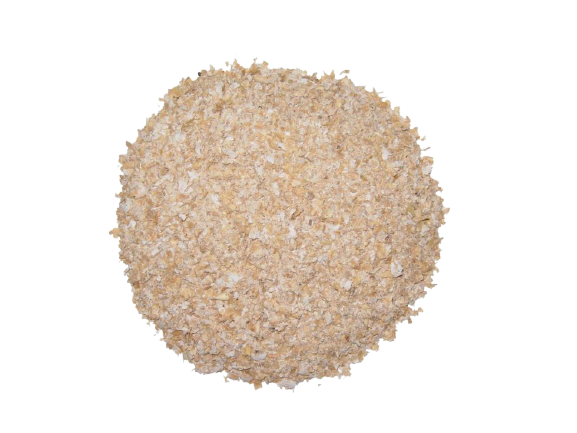 | 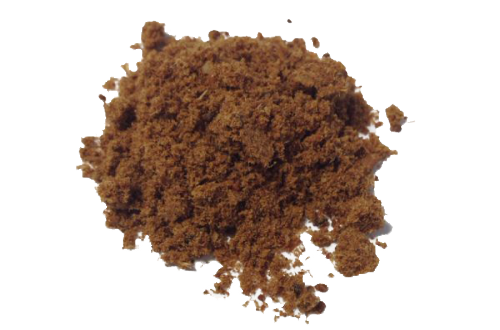 | 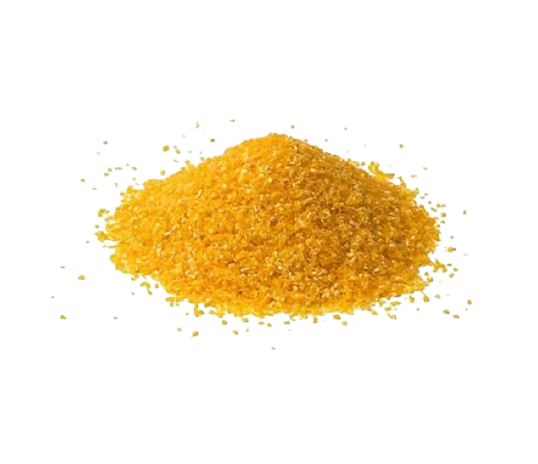 | 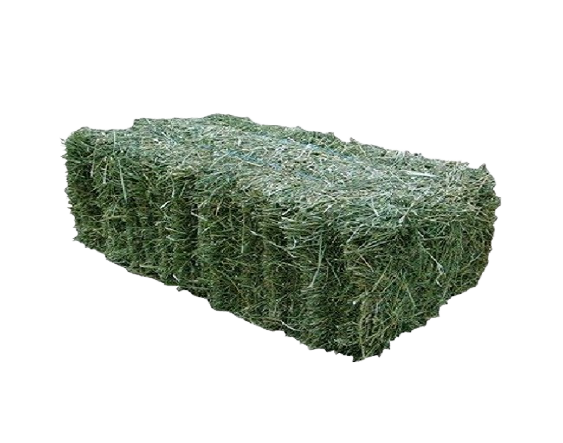 | 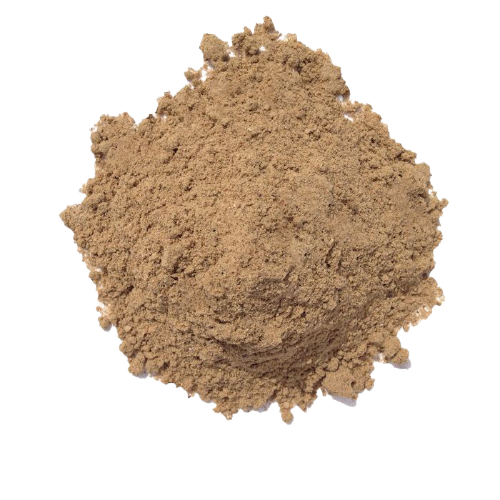 | 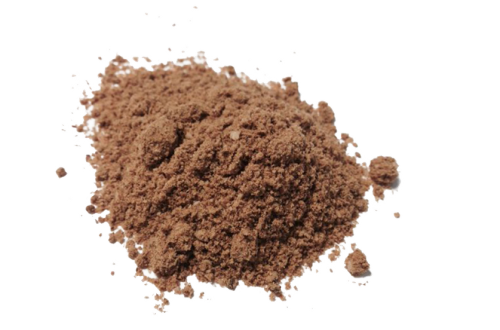 | |||||||||||||||||||||||||||||||||||||||||||||||||||||||||||||||||||||||||||||||||||||||||||||||||||||||||||||||||||||||||||
| SKU | |||||||||||||||||||||||||||||||||||||||||||||||||||||||||||||||||||||||||||||||||||||||||||||||||||||||||||||||||||||||||||||||||
| Rating | Rated 0 out of 5 | Rated 0 out of 5 | Rated 0 out of 5 | Rated 0 out of 5 | Rated 0 out of 5 | Rated 0 out of 5 | |||||||||||||||||||||||||||||||||||||||||||||||||||||||||||||||||||||||||||||||||||||||||||||||||||||||||||||||||||||||||||
| Price | |||||||||||||||||||||||||||||||||||||||||||||||||||||||||||||||||||||||||||||||||||||||||||||||||||||||||||||||||||||||||||||||||
| Stock | |||||||||||||||||||||||||||||||||||||||||||||||||||||||||||||||||||||||||||||||||||||||||||||||||||||||||||||||||||||||||||||||||
| Availability | |||||||||||||||||||||||||||||||||||||||||||||||||||||||||||||||||||||||||||||||||||||||||||||||||||||||||||||||||||||||||||||||||
| Add to cart | |||||||||||||||||||||||||||||||||||||||||||||||||||||||||||||||||||||||||||||||||||||||||||||||||||||||||||||||||||||||||||||||||
| Description | Wheat Mill feeds - (Bran & Midds) | Poultry Meal | Corn Gluten Meal | Best Quality Alfalfa Hay Bales
We produce and export Alfalfa Hay, Oaten Hay, Rhodes Hay, Wheat Hay, Timothy Hay from our warehouse and we sell at discount prices. | Fish Meal | Meat and Bone Meal | |||||||||||||||||||||||||||||||||||||||||||||||||||||||||||||||||||||||||||||||||||||||||||||||||||||||||||||||||||||||||||
| Content | These byproducts of milling wheat for flour consist of varying amounts of bran, germ and flour. They are highly palatable, low in calcium and tend to be higher in phosphorus than most other grains and processed grain by-products. Wheat bran is highest in fiber and phosphorus and lowest in energy of the five. It can be included in the grain mix up to a level of 25 percent or fed at a rate of up to 7 pounds (3.2 kg) per cow per day. Wheat middlings (also called midds) is a very common ingredient in cattle feeds. Midds are a by-product of the flour milling industry comprising several grades of granular particles containing different proportions of endosperm, bran and germ. It has 96 percent of the energy value of barley and 91 percent of the energy value of corn. Midds are palatable feedstuffs and can be included in the grain mixture at high levels. Wheat middlings can be maintained in good condition for up to three years if stored in a dry environment. Bulk material can be handled in normal equipment used in the feed or grain industry.
TYPICAL ANALYSIS:
| Poultry meal is an animal protein, produced from fresh poultry by-products from EU-registered slaughterhouses. The meal is produced from category 3 poultry by-products, this means: the origin of the poultry meal is from birds that have been slaughtered for human consumption. This meal is produced by carefully heating and drying the poultry by-products. The meal is used as a protein source for petfood, aqua feed and fur feed. Turesgruppen AB can offer poultry meal from different suppliers, this means also different qualities. This meal is derived in accordance with the EU regulation EC1069/2009. | Corn gluten meal is a by-product from the manufacture of corn starch and corn syrup. It is very high in protein supplement in feeds for livestock, poultry and pets. It contains slightly more TDN than corn. The protein in corn gluten is degraded relatively slowly in the rumen.
A variety of corn gluten meal with 41 percent protein is available in some areas. It is higher in crude fiber (5 percent) and lower in TDN (78 percent) than the variety with 60 percent protein.
Corn gluten meal usually is not included in mixtures at levels greater than 15 percent or fed at a rate greater than 15 percent or fed at a rate greater than 5 pounds (2 ¼ kg) per cow per day due to poor palatability above these levels.
PACKAGING:
Corn Gluten Meal is available by bulk or sacked, rail shipment or truck pick-up.
TYPICAL ANALYSIS:
|
| FEEDING & USAGE:
Fish meal should be introduced into the ration gradually to avoid feed refusal. Since the greatest benefit from feeding fish meal comes during the first half of lactation when protein requirements are highest, it is useful to start adapting the cows to it during the latter part of the dry period. Fish meal can be fed to milking cows at a rate that supplies up to a maximum of 100 grams (3.5 ounces) of fish oil (fat) per cow per day. Higher levels of fish oil tend to lower fat test. The fat content of fish meal varies among suppliers. Therefore, it is important to know the fat content of the fish meal being used. A practical guideline is to feed it at a rate of up to 1 ½ pounds (0.7 kg) per cow per day.
OTHERS:
Herring, Anchovy, Redfish, and Whitefish meal. Herring and anchovies also are oil-type fish and are processed similarly. Redfish meal is the filleting waste from ocean perch. Ocean perch are not an oil fish. They are caught for human food off the eastern coast of Canada and the U.S. After the fillets are removed, the heads and racks are ground, cooked and dried to produce redfish meal. The term whitefish refers to cod, haddock, hake, flounder and pollack. Like ocean perch, these also are caught for human food. After the fillets are removed, the heads and racks are ground, cooked and dried to produce whitefish meal.
TYPICAL ANALYSIS:
| Meat and bone meal is produced from fresh slaughterhouse by-products and meal by-products. Meat and bone meal is produced from category 3 raw material. In other words: the origin of the meal is from animals that have been slaughtered for human consumption. The meal is heated, dried and defatted by decanting and/or fatpressing. Meat and bone meal is used for petfood, mink feed and fertilizers. Turesgruppen AB can offer meals from different suppliers, this means also different qualities. This meal is derived in accordance with the EU regulation EC1069/2009. It is also possible in accordance with the EU regulation 142/2011 (method 2 or method 7). | |||||||||||||||||||||||||||||||||||||||||||||||||||||||||||||||||||||||||||||||||||||||||||||||||||||||||||||||||||||||||||
| Weight | N/A | N/A | N/A | N/A | N/A | N/A | |||||||||||||||||||||||||||||||||||||||||||||||||||||||||||||||||||||||||||||||||||||||||||||||||||||||||||||||||||||||||||
| Dimensions | N/A | N/A | N/A | N/A | N/A | N/A | |||||||||||||||||||||||||||||||||||||||||||||||||||||||||||||||||||||||||||||||||||||||||||||||||||||||||||||||||||||||||||
| Additional information |
Related products
Best offers
Payments
Cryptos - Banks Transfers
100% Safe
Genuine Suppliers
24x7 Support
Online 24 hours
Best Offers
Grab Now
Shipping Worldwide
On all orders
Know Us

We are a company located at Stureplan 6 2tr, SE-114 35 Stockholm - Sweden. We are into Import and Export of a variety of products for which briefly they have been listed on our website.
Read MoreProduct Showcase
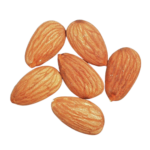
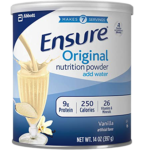
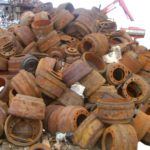
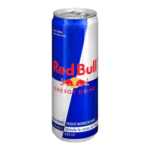
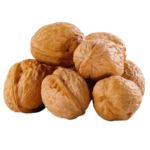
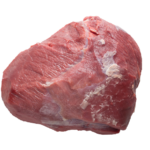
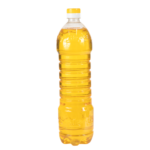
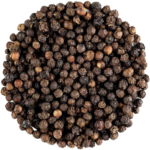
Testimonial

Gustav M. Sørensen
They Got the best products! - and service is prompt!

Frederik N. Carlsen
Bought premium quality goods from them. Genuine suppliers

Albert R. Simonsen
Genuine suppliers. Visited their factory!


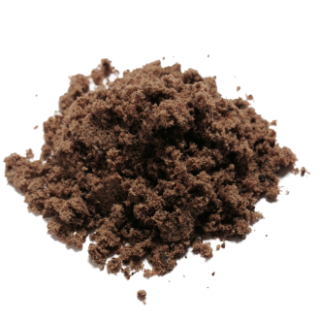
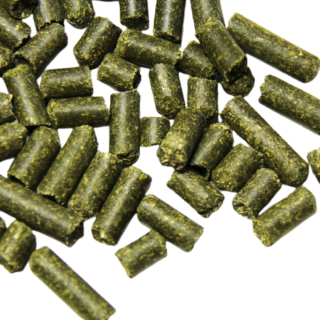
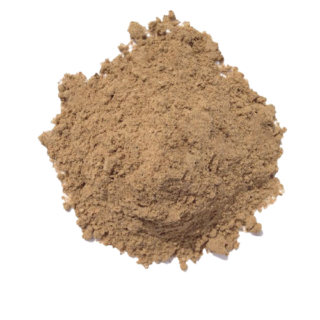
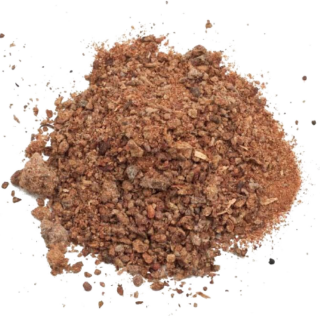
Reviews
There are no reviews yet.